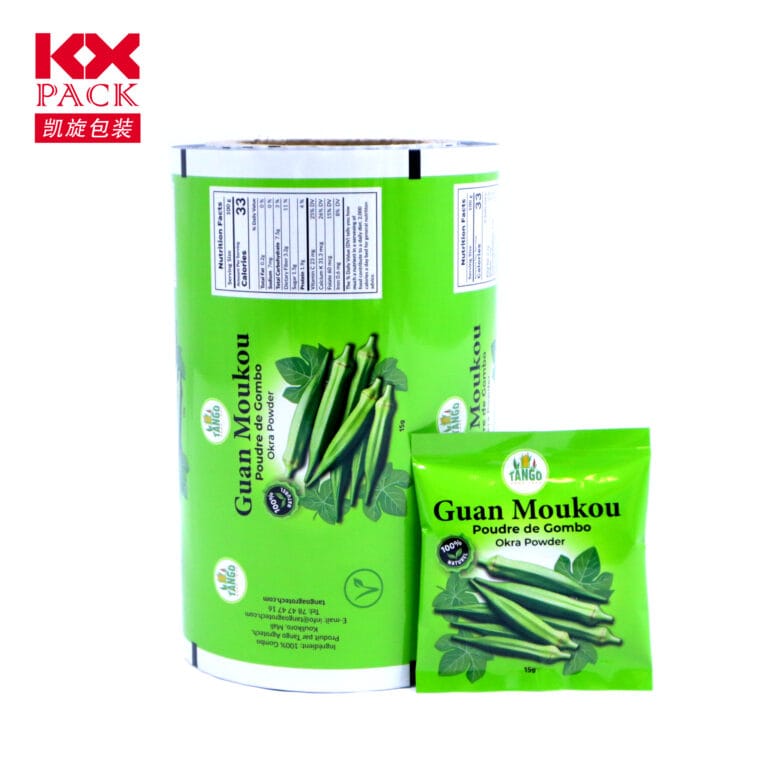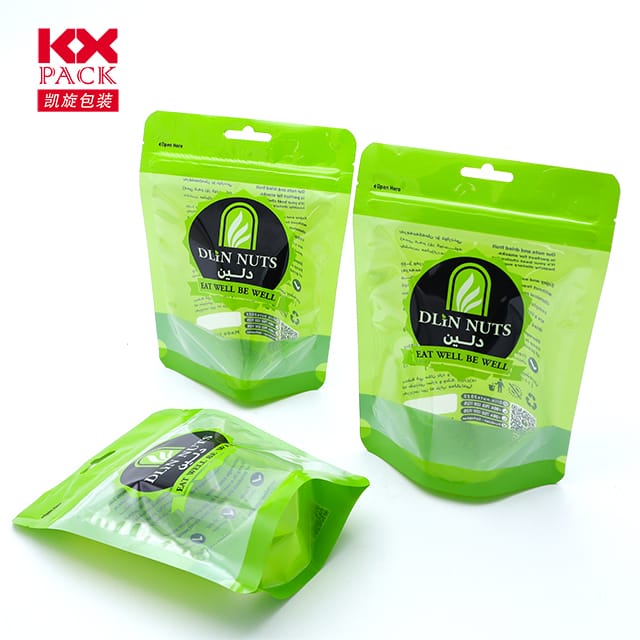The Importance of Eco-Friendly Food Film Packaging(6)
Eco-Friendly Food Film Packaging
오늘날의 세계에서는, where convenience and sustainability often go hand in hand, 의 역할 Eco-Friendly Food Film Packaging cannot be overstated. As consumers become more environmentally conscious, the demand for eco-friendly packaging solutions has surged, particularly in the food industry. Food film packaging serves multiple purposes: it preserves the freshness and quality of food, protects it from contamination, and enhances its shelf life. 하지만, traditional packaging materials often come with a significant environmental cost. This blog post delves into the significance of eco-friendly food film packaging and why it’s essential for both consumers and businesses alike.
Traditional food packaging, such as plastic films, has been widely used due to its versatility, 비용 효율성, and barrier properties that protect food from oxygen, 수분, and microorganisms. 하지만, these benefits come at a price. Plastic waste has become a global crisis, polluting oceans, harming marine life, and contributing to the overall decline of ecosystems. 게다가, the production and incineration of conventional plastics emit harmful greenhouse gases, exacerbating climate change.
The Rise of Eco-Friendly Alternatives
In response to these environmental concerns, the market for eco-friendly food film packaging has expanded rapidly. These alternatives aim to minimize environmental impact while maintaining the functional properties of traditional plastics. Some of the most promising materials include:
- 생분해 성 필름: Made from natural resources like cornstarch, potato starch, or other plant-based polymers, these films decompose naturally under composting conditions, reducing landfill waste and pollution.
- PLA (폴리 락트산): Derived from renewable sources like sugarcane or corn, PLA is a biodegradable and compostable polyester that offers similar performance to conventional plastics but with a significantly lower carbon footprint.
- 파 (폴리 하이드 록시 알 카노 네이트): Produced by certain bacteria through fermentation, PHA is a fully biodegradable polymer with exceptional barrier properties, making it ideal for packaging sensitive foods.
- Recycled Plastics: Using recycled PET (폴리에틸렌 테레프탈레이트) and other recycled plastics in food packaging reduces the demand for virgin plastic and diverts waste from landfills.
Benefits for Consumers and Businesses
Adopting Eco-Friendly Food Film Packaging offers numerous benefits:
- 환경에 미치는 영향: By reducing reliance on single-use plastics, businesses can significantly decrease their carbon footprint and contribute to a cleaner, healthier planet.
- Consumer Appeal: Environmentally conscious consumers are increasingly willing to pay a premium for products packaged in sustainable materials. This shift can provide a competitive edge for businesses that prioritize sustainability.
- 규제 준수: Many countries and regions are implementing regulations to restrict or ban single-use plastics. Transitioning to eco-friendly packaging helps businesses comply with these laws and avoid potential penalties.
- Brand Reputation: Commitment to sustainability can enhance a brand’s image and reputation, fostering loyalty among consumers who prioritize ethical consumption.
The Future of Food Film Packaging
As technology advances and consumer awareness grows, the future of food film packaging looks increasingly promising. Innovations in biodegradable and compostable materials, as well as advancements in recycling technologies, will continue to drive the adoption of eco-friendly packaging solutions. Collaboration between government agencies, 사업, and consumers will be crucial in accelerating this transition and mitigating the environmental impacts of food packaging.
결론적으로, eco-friendly food film packaging is not just a trend but a necessary step towards a more sustainable future. By embracing these alternatives, businesses can reduce their environmental footprint, appeal to conscious consumers, and pave the way for a cleaner, healthier world. As we move forward, let’s prioritize solutions that protect both our food and our planet.






